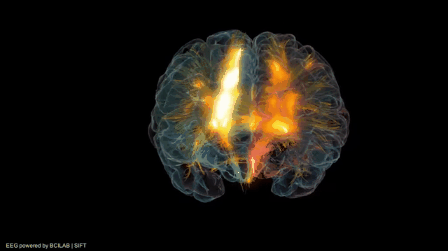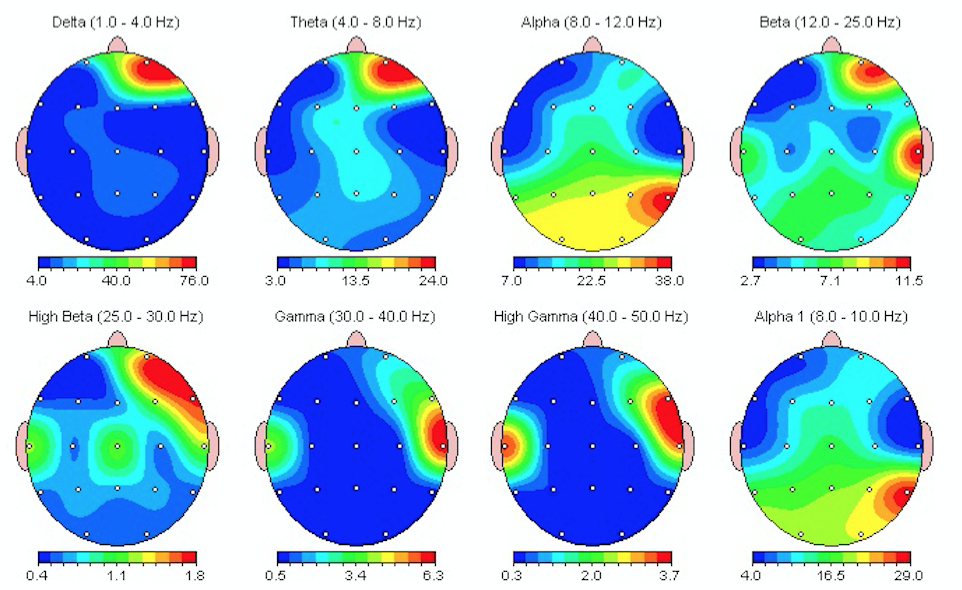Access Flow States
Achieve flow states, improve creative problem solving, and increase cognitive efficiency.
Build Emotional Resilience
Self regulate emotional systems.
Increase Mental Pliancy
Better reaction times, sensory clarity, greater flexbility between deep restorative calm states and engaged action
-

-
The Brain is Plastic.
Neuroplasticity is the brain's ability to reorganize itself to form new neural connections throughout life. The brain is able to develop new pathways through repetition and learning new skills. Neuroscientists now understand that the brain has the capability to adapt and develop new living neural connections up until the end of our lives.The brain's ability to self-regulate allows us to switch between calmness and alertness with ease.
“As scientists put it, the brain is plastic, or moldable. Yes, the actual physical architecture of the brain changes based on what happens to us.” ― Dr. Daniel J. Siegel, No-Drama Discipline: The Whole-Brain Way to Calm the Chaos and Nurture Your Child's Developing Mind
-
What is Neurofeedback?
Neurofeedback is a type of brainwave training that involves reading electrical activity off an individual's scalp using Electroencephalography(EEG) then feeding the signal back via a computer interface. This enables near real-time monitoring of brain wave activity. The individual is rewarded via an auditory/visual cue when the desired brainwave pattern occurs.
Neurofeedback is being used for the treatment of ADHD, depression, addiction, insomnia, and trauma. It is also being used in for peak performance in sports, business, science, and the creative arts.
-
-

-
How does it work?
The basic procedure is:- 1. Non-invasive electrodes are attached to 2 or more sites on the scalp. The sensors pick up the electrical activity of the brain and display it on a computer monitor
- 2. The computer program monitors the brainwave activity in real-time and tracks whether it is within the favored frequency thresholds
- 3. An experienced neurofeedback practitioner guides you through a number of attentional exercises
- 4. A reward in the form of an auditory or visual cue occurs
- 5. Progress is monitored through a number subjective and neurophenomenological measures

